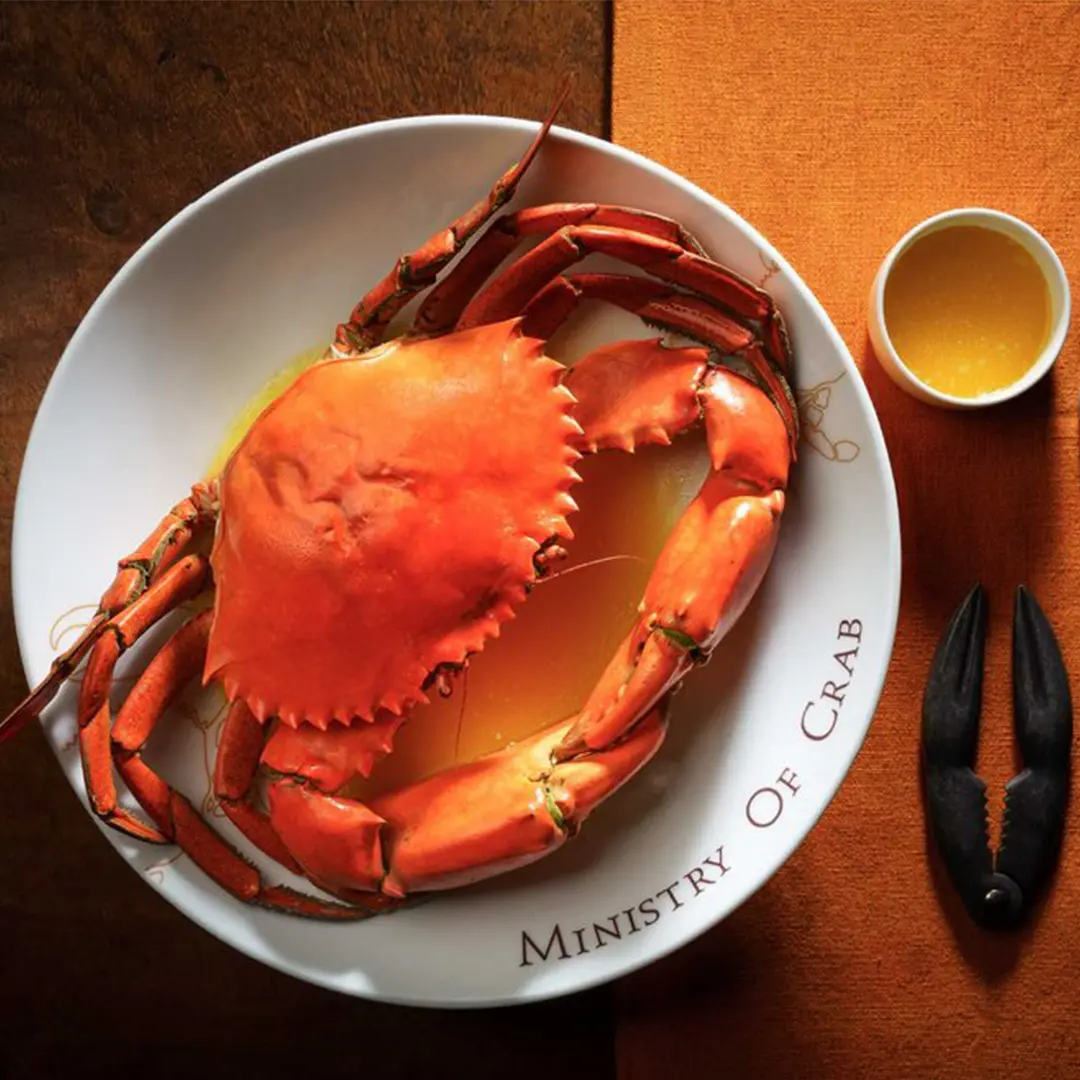Introduction:
In the world of culinary arts, the saying “we eat with our eyes first” holds more truth than ever before. Whether it’s a restaurant menu, a food blog, or a social media post, the visual appeal of a dish can be just as important as its taste. Food styling is the art of making food look as good as it tastes, and it plays a crucial role in how a dish is perceived by viewers. This post explores the fundamentals of food styling and offers tips on creating picture-perfect dishes that leave a lasting impression.

The Basics of Food Styling: Lighting, Angles, and Props
Successful food styling starts with understanding the basics: lighting, angles, and props. Natural light is often the best choice for food photography, as it brings out the colours and textures of the dish without the harsh shadows that artificial light can create. Positioning the light source at an angle to the food, rather than directly overhead, helps to enhance depth and dimension.
Angles are equally important; while overhead shots are great for flat dishes like pizzas or salads, a 45-degree angle is ideal for showcasing layers and height. Props, such as utensils, napkins, and plates, should complement the dish without overwhelming it. The goal is to create a scene that feels authentic and inviting, drawing the viewer into the experience of the meal.
Common Challenges in Food Styling and How to Overcome Them
Even with the basics in place, food styling presents its own set of challenges. For instance, certain foods, like ice cream or fresh herbs, can wilt or melt quickly under the lights. To combat this, food stylists often use tricks like substituting mashed potatoes for ice cream during the setup process, or misting herbs with cold water to keep them looking fresh.
Another common challenge is creating a sense of movement or dynamism in the image. This can be achieved by incorporating elements like a hand reaching for a fork, or a sprinkle of seasoning falling onto the dish. These touches bring life to the image, making it feel more spontaneous and engaging.

Conclusion:
Food styling is more than just making food look good; it’s about creating an experience that resonates with the viewer. By mastering the basics and learning how to overcome common challenges, you can elevate your food photography and create images that are not only beautiful but also deeply evocative. Whether you’re a professional photographer or a passionate home cook, investing in food styling can make all the difference in how your dishes are perceived.